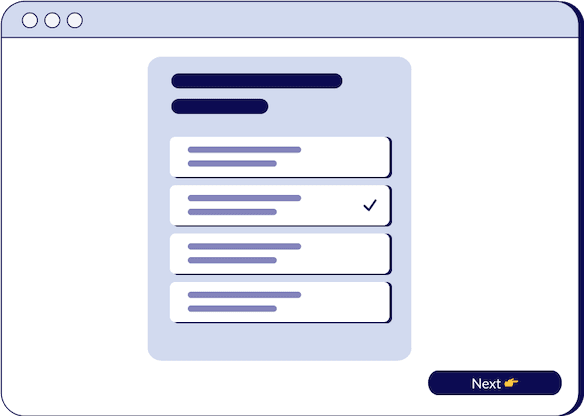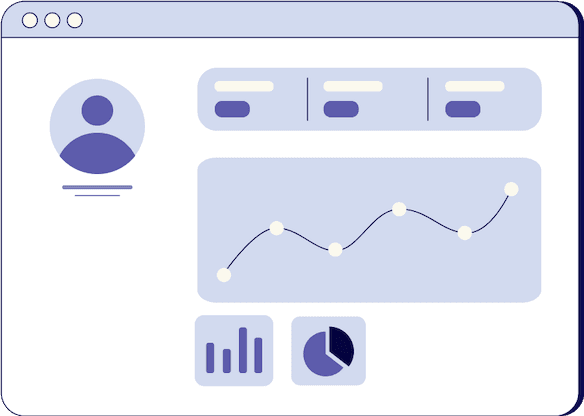
Root Cause Analysis
Matt Doyon
Chief Executive Officer @ Triple Session

- duration
- 13 min
- Average Score
- 79%
- Stars
- 5
Did you know that understanding the root cause of a client's problem can significantly enhance the value you bring to the table? According to recent statistics, sales professionals who focus on addressing the underlying causes rather than just symptoms increase the perceived value of their offerings. In this session, we'll explore the process of Root Cause Analysis (RCA) and how it can elevate your sales game.
Defining Root Cause Analysis
In the world of consultative sales, Root Cause Analysis is a vital process for pinpointing the primary source of a problem. The three key dimensions – physical, human, and organizational – play a crucial role in unraveling the complexities of business challenges. But what do these elements entail, and how can you use them to your advantage in the sales process?
Understanding the Three Dimensions
- Physical: Delve into the client's environment, tools, and resources. What are they working with on a day-to-day basis? This understanding is fundamental before diving into RCA.
- Human: Explore the team dynamics, both in-house and outsourced. Are the right people in the right roles, equipped with the necessary skills? Understanding the human aspect is essential for effective problem-solving.
- Organizational: Examine processes, systems, integrations, and methodologies. How are these elements working together to execute the business plan seamlessly? Uncover the organizational intricacies before proceeding with RCA.
Standard Deviation: A Key to Problem Identification
Sales professionals often come into conversations with a deep understanding of their clients. One crucial aspect is standard deviation – a method to quantify and qualify problems. By looking at deviations in physical, human, or organizational aspects, sales reps can identify disturbances and areas where clients are not performing optimally.
The Six-Step Root Cause Analysis Process
Step 1: Align on RCA as a Process
Before diving into the nitty-gritty, ensure both you and your client are on the same page regarding Root Cause Analysis. Establish the objective, discuss how you'll navigate the process, and align your perspectives on reaching the core of the issue.
Step 2: Define the Problem
Utilize standard deviation to understand the problem thoroughly. What is on the surface? What discomfort or breakdown is evident? Define the problem explicitly to pave the way for effective analysis.
Step 3: Collect Data
Gather both qualitative and quantitative data. Metrics, KPIs, and performance measures provide a quantitative view, while qualitative data reveals the team's sentiments and impacts. A comprehensive data collection approach ensures a holistic understanding.
Step 4: Uncover Possible Causes
Use tools and techniques to identify the inputs causing the problem. What are the controllables and non-controllables affecting the situation? Pinpoint the factors contributing to the issue.
Step 5: Determine the Root Cause
After listing possible causes, scrutinize and identify the singular root cause. What is the core source of the trouble? Coming to a consensus on the root cause is pivotal for devising an effective solution.
Step 6: Build the Solution
Now that the root cause is identified, it's time to introduce your product, service, or offer as the solution. Addressing the root cause adds more value to the client than merely tackling the symptom.
Tools for Effective Root Cause Analysis
Armed with the knowledge of the three localized areas and the six-step process, let's explore two practical tools to visualize root cause better: the Five Whys and Fishbone Analysis.
The Five Whys
This simple yet powerful tool involves asking "why" at least five times to trace back from the problem to its root cause. By peeling back layers in a linear fashion, you can uncover the training, organizational, or procedural issues contributing to the sales problem.
Fishbone Analysis
For more complex situations, the Fishbone Analysis, or Ishikawa diagram, provides a structured approach. Branch out into human, organizational, and physical elements, identifying various factors contributing to the problem. This visual representation aids in understanding the interconnections among different variables.
In conclusion, mastering Root Cause Analysis empowers sales professionals to navigate intricate business challenges effectively. Whether using the straightforward Five Whys or the comprehensive Fishbone Analysis, the goal remains the same – dig deep, peel back layers, and uncover the true source of the problem.
How Triple Session works
Training, Testing, & Feedback
Triple Session's proven formula accelerates your sales performance through consistent, organized practice, backed by measurable results.

Bite-Sized Knowledge
Our expert-led video sessions simplify complex sales concepts into easy-to-digest 5-15 minute videos for better retention.

Test Your Understanding
After each session, there will be a quiz to test your understanding and help you improve on any areas that need more attention.

Evaluate and Grow
Get progress snapshots after each quiz to track your improvements and achieve your sales mastery goals.